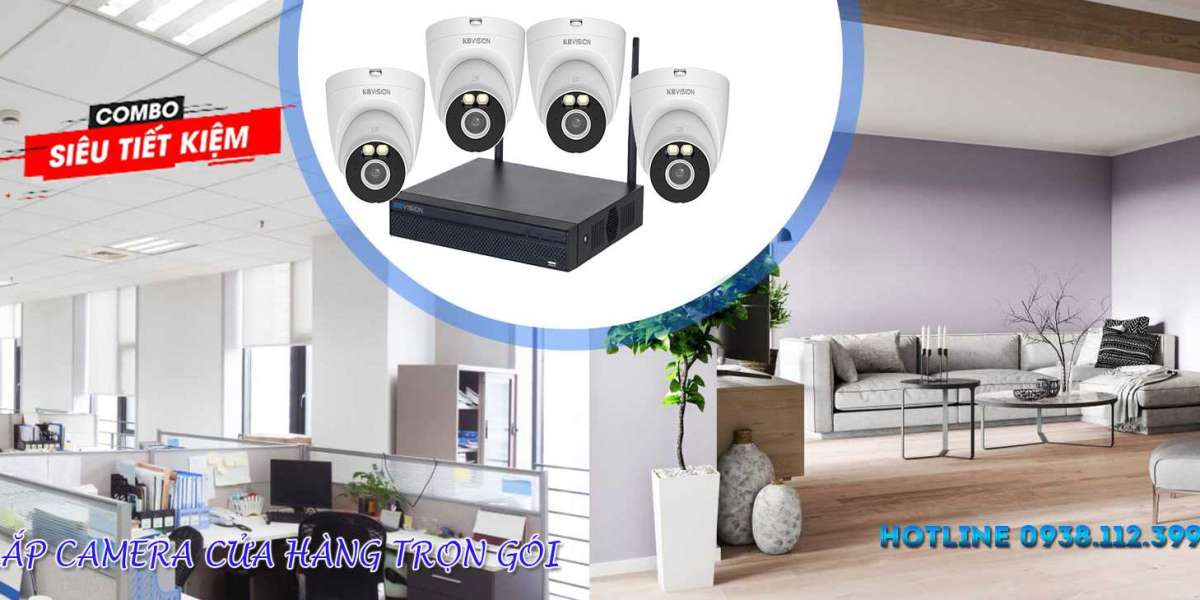WHAT IS A CLOUD KITCHEN?
Cloud kitchens, also known as ghost kitchens or virtual kitchens, have been gaining popularity in recent years as a cost-effective and efficient solution for the restaurant industry. These kitchens are essentially shared commercial kitchen spaces that are leased out to multiple restaurant brands, allowing them to prepare and deliver food without the need for a physical storefront.
INTRODUCTION:
In the past, restaurants have relied on a physical storefront as a way to attract customers and generate revenue. However, with the rise of food delivery platforms like Talabat, Deliveroo, Zomato, Grubhub, DoorDash, and Uber Eats, many consumers are opting to have their meals delivered rather than dining out. This shift in consumer behavior has led to a new business model known as cloud kitchens, which aim to capitalize on the growing demand for food delivery.
HOW DOES A CLOUD KITCHEN WORK?
- A cloud kitchen is a commercial kitchen space that is leased out to multiple restaurant brands, allowing them to prepare and deliver food without the need for a physical storefront. These kitchens are usually located in areas with high foot traffic or near major transportation hubs to make it easier for delivery drivers to access the food.
- Restaurants that use a cloud kitchen model typically offer delivery and takeout options but do not have a dining area for customers. Customers can place orders through a variety of channels, such as a restaurant’s website, a food delivery app, or by calling the restaurant directly.
- Once an order is placed, the restaurant prepares the food in the cloud kitchen and either hands it off to a delivery driver or makes the delivery themselves using their own vehicles. The food is then delivered to the customer’s location, where it can be enjoyed in the comfort of their own home or office.
- The cloud kitchen model allows restaurants to focus on producing high-quality food and expanding their brand, while also taking advantage of the growing demand for food delivery. It is a cost-effective and flexible solution that can help restaurants thrive in the digital age.
BENEFITS OF CLOUD KITCHENS:
There are several benefits to using a cloud kitchen model for restaurants. One of the biggest advantages is the reduced cost of operation. Without the need for a physical storefront, restaurants can save on rent, utilities, and other expenses associated with maintaining a brick-and-mortar location. This allows them to focus on producing high-quality food and expanding their brand.
Cloud kitchens also offer flexibility and scalability. Since they are not tied to a specific location, restaurants can easily expand their reach and test new menu items without committing to a long-term lease. This allows them to quickly adapt to changing consumer trends and compete in a rapidly evolving market.
CHALLENGES OF CLOUD KITCHENS:
Despite the benefits, there are also some challenges to using a cloud kitchen model. One concern is the lack of customer interaction and brand recognition. Without a physical storefront, it can be difficult for restaurants to build a strong connection with their customers and establish a recognizable brand identity.
Additionally, the demand for delivery drivers has led to a rise in food delivery fees, which can cut into a restaurant’s profits. This can be particularly challenging for smaller restaurants that may not have the resources to absorb these costs.
HOW TO SET UP A CLOUD KITCHEN?
There are several steps involved in setting up a cloud kitchen:
- Determine the location: Choose a location for your cloud kitchen that is easily accessible to delivery drivers and has a sufficient amount of space to meet your needs.
- Lease a commercial kitchen space: Look for a commercial kitchen space that meets your needs and budget. Keep in mind that you may need to pay a deposit and sign a lease agreement.
- Purchase necessary equipment: You will need to purchase equipment such as ovens, stoves, refrigerators, and other appliances to prepare and store food.
- Obtain necessary licenses and permits: Contact your local health department to obtain the necessary licenses and permits to operate a food establishment. You may also need to register your business with the state and obtain insurance.
- Set up a delivery system: Determine how you will handle deliveries, whether it be through a third-party delivery service or using your own vehicles. Make sure you have a system in place to track orders and ensure timely delivery.
- Promote your business: Use social media, online marketing, and other tactics to promote your cloud kitchen and attract customers.
Setting up a cloud kitchen requires careful planning and attention to detail, but with the right strategies in place, it can be a successful and lucrative business venture.
CONSIDERATIONS FOR SETTING UP A CLOUD KITCHEN, CHOOSING THE RIGHT TECHNOLOGY :
When setting up a cloud kitchen, it is important to choose the right technology to ensure the smooth operation of your business. Some considerations to keep in mind when choosing technology for your cloud kitchen include:
- Order management system: An order management system is essential for tracking orders, managing inventory, and coordinating deliveries. Look for a system that is easy to use and integrates with your other systems and apps.
- Point of sale (POS) system: A POS system is used to process transactions and track sales. Look for a system that is user-friendly, secure, and integrates with your order management system.
- Kitchen display system (KDS): A KDS is a computer or tablet that displays orders as they come in and helps kitchen staff prepare the food in a timely manner. Look for a system that is easy to use and integrates with your order management system.
- Delivery and tracking software: If you are making deliveries using your own vehicles, consider using delivery and tracking software to help you manage routes and track the location of your drivers.
- By choosing the right technology for your cloud kitchen, you can streamline operations and improve the customer experience.
CONCLUSION:
Overall, cloud kitchens have the potential to revolutionize the restaurant industry by offering a cost-effective and flexible solution for restaurants. While there are certainly challenges to overcome, the benefits of this model make it a promising option for restaurants looking to thrive in the digital age.








